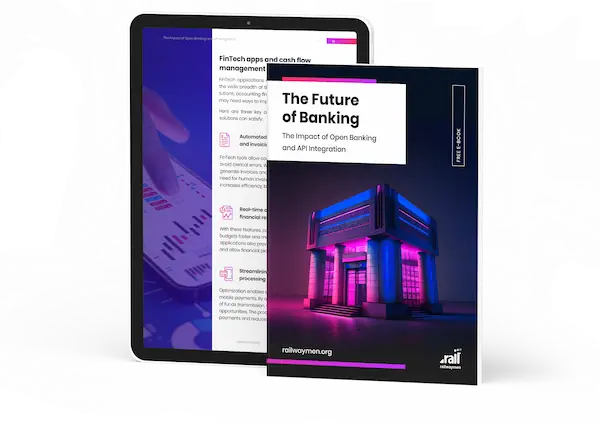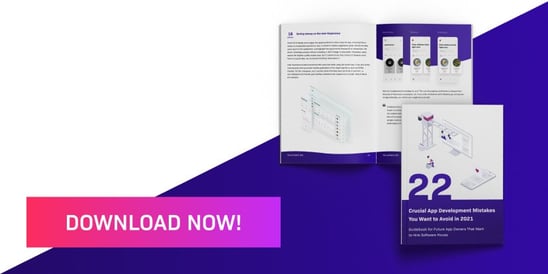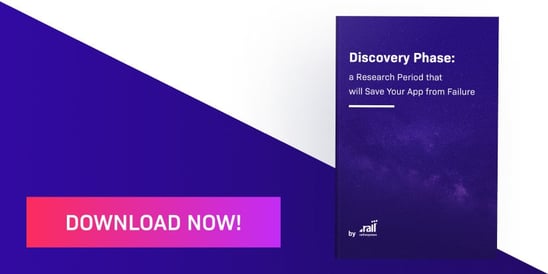The construction and the area responsible for design have gained a lot with the advent of BIM modeling. As we recently wrote in our blog, this is a transformational approach to project management. It puts every stage of the activities undertaken, from design to maintenance, under control. For BIM to be responsible for success, data sharing is key. It should take place between the parties involved and the software tools chosen. Thus, a large responsibility for this is attributed to the Industry Foundation Classes (IFC) format .
In this article, I decided to lean a little more into IFC. It's a key standard in the BIM ecosystem. That's why it's worth seeking out industry knowledge regardless of your level of familiarity with BIM methodologies. It's all about understanding what potential there is in construction using IFC standards. So sit back and enjoy your reading!














